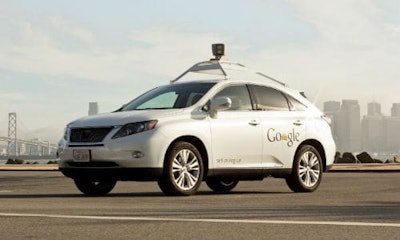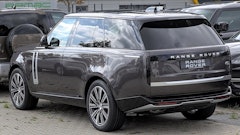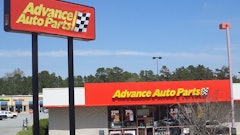
By Mike Davey
Washington, DC — September 20, 2016 — Our neighbours to the south have rolled out official guidelines for the development of autonomous vehicles (AVs). Among other items, the guidelines propose more government involvement in the design of these systems, and calls on manufacturers to share more information on the details of these systems, including why they sometimes fail.
In particular, the US-based National Highway Traffic Safety Administration (NHTSA) is calling on the OEMs to submit details of their AV systems to regulators so they can undergo a 15-point safety assessment.
This would be strictly voluntary, but it may not stay that way. Anthony Foxx is the US Transportation Secretary. He said during a press conference on Tuesday that his agency would seek to make submission of these details mandatory as part of the regulatory process.
Under current US law, OEMs can sell consumers certain technologies that permit some kinds of hands-free driving without first seeking approval by regulators.
NHTSA proposals do not have the force of law. Given the looming US election, it seems likely that changing any existing regulations will fall to the next administration.
The proposed guidelines are 116 pages long, and cover a wide array of issues surrounding self-driving cars, such as what the vehicle will be programmed to do if a crash is unavoidable, and whether or not AVs should be allowed to speed. In that particular case, the NHTSA has quite clearly said that AVs must obey all traffic laws, which of course include speed limits.
The proposals also call for automakers to share their data not just with the government, but with each other. In particular, the NHTSA proposes that OEMs should share data when AVs run into problems.
The Self-Driving Coalition for Safer Streets is a lobby group founded by Ford, Google, Lyft, Uber and Volvo. David Strickland, the Coalition’s spokesperson and general counsel, released a statement in response to the guidance from NHTSA.
“This is an important step forward in establishing the basis of a national framework for the deployment of self-driving vehicles,” according to the statement. “Historically, the US has been a pioneer and world leader in automotive technology. A federal approach to the self-driving industry will be key to enhancing motor vehicle safety while continuing to promote US leadership, competitiveness and innovation. The operating guidance will help create the foundation necessary to inform industry and future regulatory and legislative efforts.”
“We believe guidance from NHTSA is crucial to achieving these goals as it recognizes the challenges specific to regulating a new technology. We support guidance that provides for the standardization of self-driving policies across all 50 states, incentivizes innovation, supports rapid testing and deployment in the real world.
The new guidance has also found favour with Consumer Watchdog, a consumer advocacy organization that has repeated called for strict testing and regulatory schemes to govern the development of self-driving vehicles.
“This isn’t the checkered flag to industry to irresponsibly develop robot cars that we had feared,” said John M. Simpson, Consumer Watchdog’s Privacy Project Director. “It’s not a secret, cozy process with the manufacturers, but includes a real commitment to transparency and public involvement. The administration clearly heard the concerns raised by safety advocates and has addressed many of them.”
You can see the complete guidelines at the US Department of Transportation’s website.






















